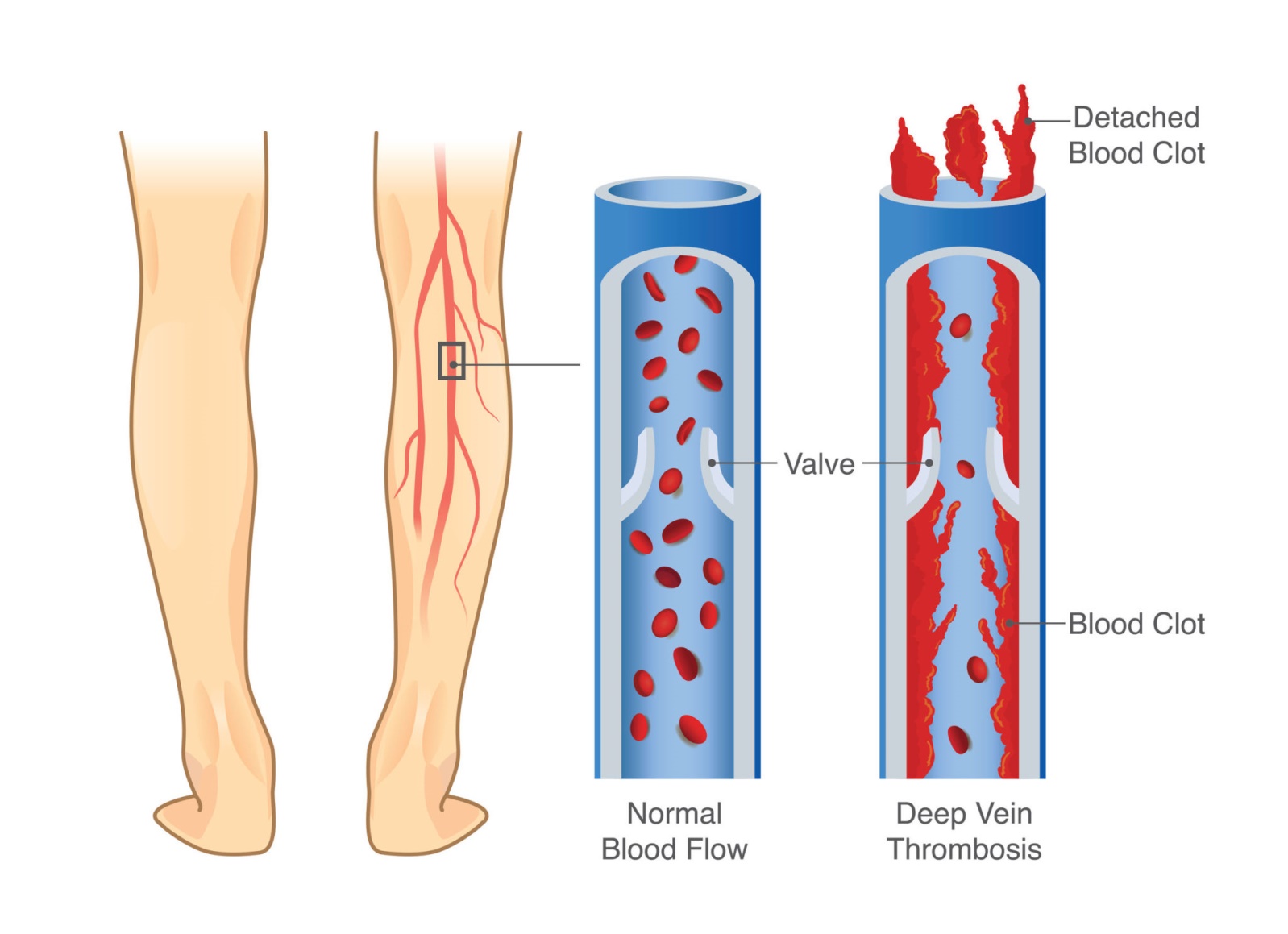A nurse is caring for a client who is receiving warfarin therapy to prevent deep vein thrombosis. Which of the following medications should the nurse have available in the event of an overdose?
Epinephrine
Vitamin K
Atropine
Protamine
The Correct Answer is B
Choice A reason : Epinephrine is an adrenergic agonist primarily used in the management of cardiac arrest, anaphylaxis, and severe asthma attacks. It is not used to reverse the effects of warfarin overdose. Warfarin acts as an anticoagulant by inhibiting vitamin K-dependent clotting factors, and epinephrine has no role in this mechanism.
Choice B reason : Vitamin K is the antidote for warfarin toxicity. Warfarin works by inhibiting the vitamin K-dependent clotting factors II, VII, IX, and X. In the event of an overdose, vitamin K is administered to reverse the anticoagulant effects of warfarin and restore the clotting factor levels to normal. The administration can be oral or intravenous, depending on the severity of the overdose and the urgency of the situation.
Choice C reason : Atropine is an anticholinergic drug used to treat bradycardia (slow heart rate) and as an antidote for organophosphate poisoning. It does not have a role in reversing warfarin overdose as it does not affect the clotting cascade or vitamin K metabolism.
Choice D reason : Protamine is used to reverse the effects of heparin, another anticoagulant, but not warfarin. Protamine sulfate binds to heparin, forming a stable complex and neutralizing its anticoagulant effects. Since warfarin's mechanism of action is different from heparin's, protamine is not effective in reversing warfarin toxicity.

Nursing Test Bank
Naxlex Comprehensive Predictor Exams
Related Questions
Correct Answer is D
Explanation
Choice A reason : The statement that the test will be complete in 30 to 60 minutes is incorrect. An ECG is a quick, non-invasive procedure that typically takes only a few minutes to perform.
Choice B reason : The statement about feeling a slight tingling is not accurate for an ECG. This test does not cause any sensations, as it simply records the electrical activity of the heart.
Choice C reason : The mention of radioactivity from dye is not applicable to an ECG. This test does not involve the use of any dyes or radioactive substances. Dyes are typically used in imaging tests like CT scans or MRIs, not ECGs.
Choice D reason : This is the correct statement. For an ECG, electrodes are placed on the patient's chest and extremities to record the electrical activity of the heart. This allows the healthcare provider to assess the heart's rhythm, identify any irregularities, and diagnose conditions.
Correct Answer is A
Explanation
Choice A reason : In atrial fibrillation, the heartbeat is known to be irregular and often rapid. This irregularity is due to the disorganized electrical signals in the heart's upper chambers, which cause a fast and chaotic heartbeat. Therefore, when documenting the pulse of a client with atrial fibrillation, the term "irregular" is appropriate.
Choice B reason : "Not palpable" would indicate that the pulse cannot be felt, which is not typically the case with atrial fibrillation. While the pulse may be irregular, it is usually still palpable unless the rate is extremely rapid or associated with other complications.
Choice C reason : "Bounding" refers to a pulse that feels strong and full. This is not characteristic of atrial fibrillation. Instead, the pulse in atrial fibrillation may feel weak and irregular due to the ineffective contraction of the atria.
Choice D reason : "Regular" is not an appropriate term to describe the pulse in a client with atrial fibrillation because the condition is characterized by an irregular heart rhythm. The term would be used for a pulse that has consistent beats at regular intervals, which is not the case in atrial fibrillation.
Whether you are a student looking to ace your exams or a practicing nurse seeking to enhance your expertise , our nursing education contents will empower you with the confidence and competence to make a difference in the lives of patients and become a respected leader in the healthcare field.
Visit Naxlex, invest in your future and unlock endless possibilities with our unparalleled nursing education contents today
Report Wrong Answer on the Current Question
Do you disagree with the answer? If yes, what is your expected answer? Explain.
Kindly be descriptive with the issue you are facing.
